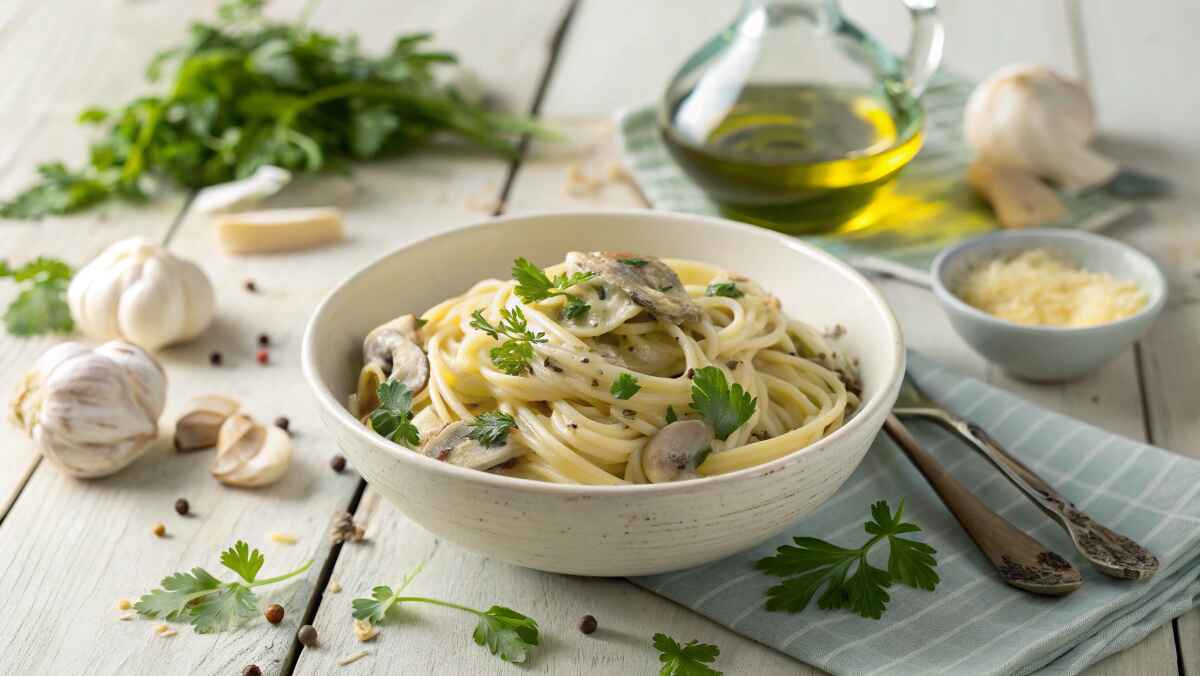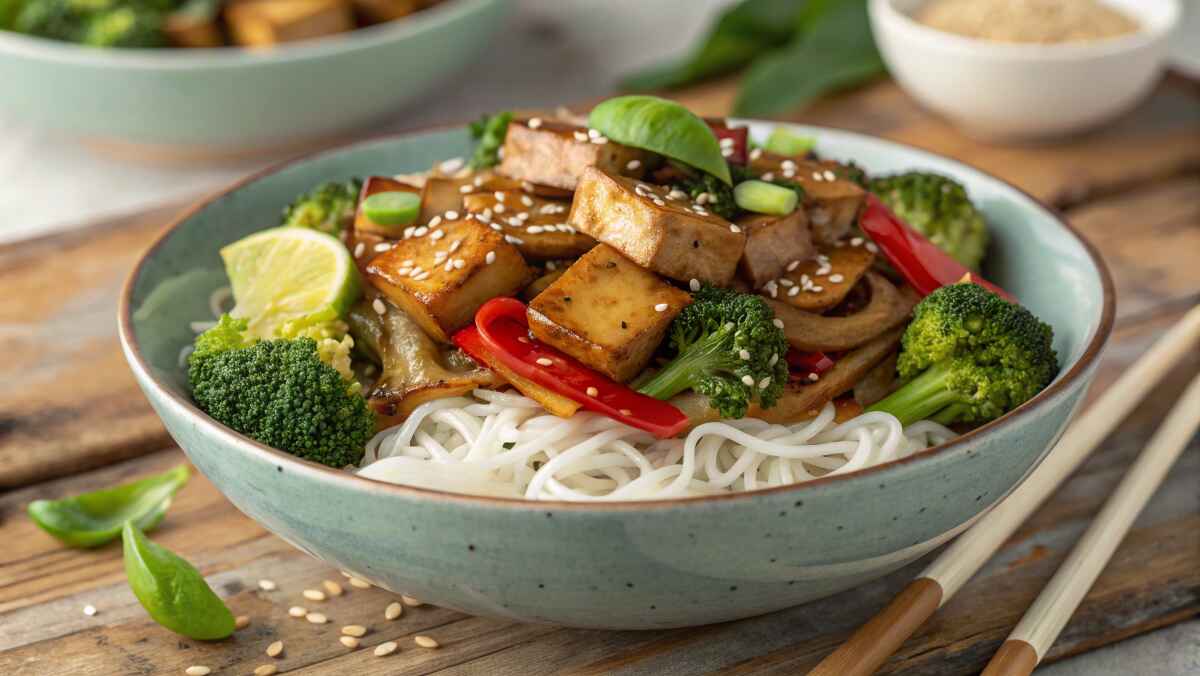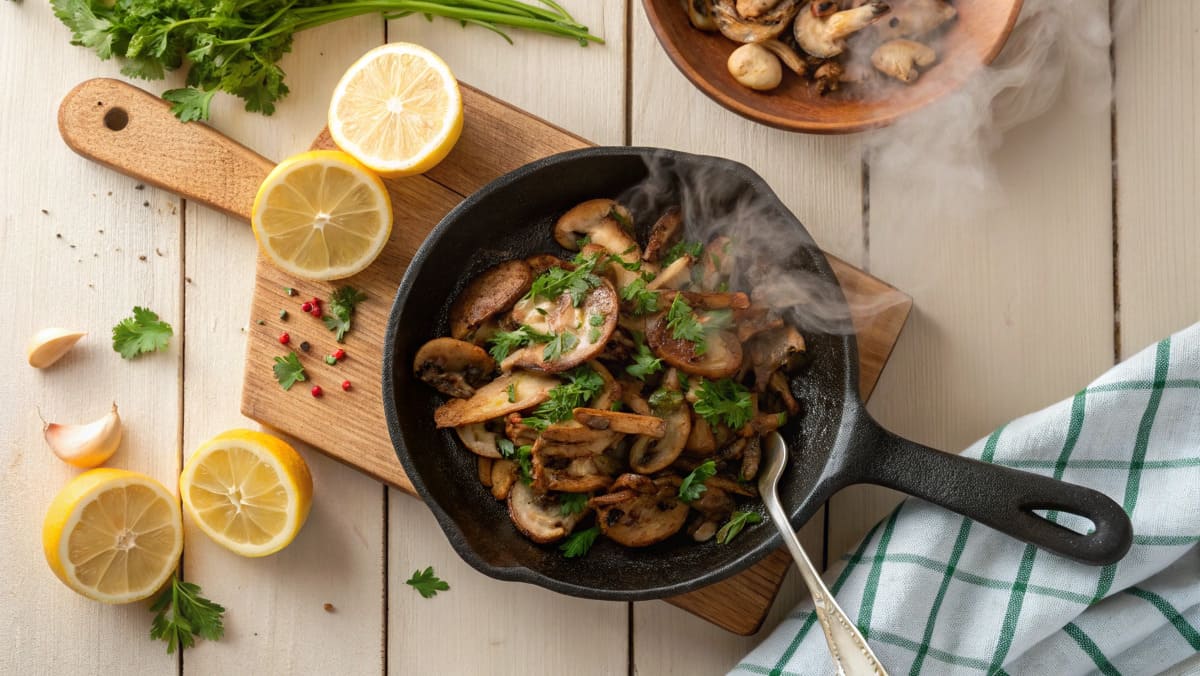Few dishes embody comfort and tradition quite like homemade cornbread, and baking it in a cast iron skillet elevates it to an entirely new level. The magic of this time-honored technique lies in the way cast iron retains and evenly distributes heat, creating a beautifully golden, crispy crust while keeping the inside soft, moist, and tender. The result? Cornbread that’s flavorful, texturally perfect, and deeply satisfying—whether served alongside a bowl of chili, barbecue, or simply enjoyed with a drizzle of honey and butter.
Beyond its delicious taste and texture, skillet cornbread carries a sense of nostalgia, bringing to mind generations of home cooks who relied on their trusty cast iron pans to create warm, rustic meals. Whether you’re embracing Southern-style cornbread, a touch of sweetness with honey, or experimenting with add-ins like jalapeños, cheese, or crispy bacon, the cast iron skillet remains the best tool for achieving authentic, golden perfection.
In this guide, we’ll walk you through everything you need to know about making flawless skillet cornbread, from selecting the best ingredients to mastering essential techniques. Whether you’re a beginner looking for an easy, foolproof recipe or a seasoned baker eager to refine your craft, these tips will help you achieve mouthwatering results every single time.
So, grab your cast iron skillet, preheat your oven, and let’s bake cornbread that’s crispy, tender, and utterly irresistible! 🍞🔥
Why Use a Cast Iron Skillet for Baking Cornbread?
Baking cornbread in a cast iron skillet is not just a method; it’s a tradition that delivers consistently superior results. In fact, it’s the key to achieving the perfect texture and flavor. Here’s why cast iron skillets are ideal for cornbread:
- Even Heat Distribution: Cast iron retains and distributes heat evenly, ensuring the cornbread bakes without hot spots. As a result, your cornbread will have a uniform texture.
- Crispy, Golden Crust: Preheating the skillet before adding the batter creates an audible sizzle, locking in moisture and forming a signature crust.
- Enhanced Flavor: A well-seasoned skillet adds subtle depth and a slightly nutty undertone to the cornbread.
- Non-Stick Surface: When properly maintained, cast iron offers a natural, chemical-free non-stick surface.
If you’re a fan of versatile cookware, check out this butternut squash lasagna recipe, which also benefits from cast iron’s heat retention.
Essential Ingredients for Cast Iron Skillet Cornbread
Before you begin baking, it’s crucial to choose the right ingredients. Each one plays an important role in achieving the ideal flavor and texture. Here’s what you’ll need:
1. Cornmeal
- Purpose: Cornmeal forms the foundation of the dish, providing its characteristic texture and flavor.
- Tip: For a rustic finish, opt for stone-ground cornmeal. Conversely, fine-ground cornmeal creates a smoother texture.
- Pro Tip: Yellow cornmeal adds natural sweetness and a vibrant golden color, while white cornmeal offers a milder flavor.
2. All-Purpose Flour
- Purpose: Balances the texture by softening the grit of the cornmeal and helps bind the batter.
- Alternative: Use gluten-free all-purpose flour for a celiac-friendly version. This way, everyone can enjoy the dish without concern.
3. Baking Powder and Baking Soda
- Purpose: These leavening agents ensure the cornbread rises, creating a light and fluffy texture.
- Why They Work: They are most effective when combined with acidic ingredients like buttermilk. As a result, your cornbread will rise evenly.
4. Salt
- Purpose: Enhances the natural flavors of the other ingredients, balancing sweetness and richness.
- Variation: Experiment with smoked or herbed salts to add a unique flavor profile.
5. Buttermilk
- Purpose: Buttermilk adds both tanginess and moisture, while activating the baking soda for a tender crumb.
- Substitution: If buttermilk is unavailable, mix regular milk with 1 tablespoon of vinegar or lemon juice. In just a few minutes, you’ll have a great alternative.
6. Eggs
- Purpose: Eggs bind the ingredients together and contribute to the cornbread’s rich texture. Moreover, they add structural stability to the batter.
7. Butter
- Purpose: Butter enhances the flavor while also helping create the iconic crispy crust. Additionally, melted butter keeps the interior moist and tender.
Optional Add-Ins for Creative Variations
If you want to experiment with your cornbread, consider these flavorful add-ins:
- Cheese: Add shredded cheddar, Parmesan, or pepper jack for a savory twist.
- Vegetables: Diced jalapeños, roasted corn, or caramelized onions enhance texture and flavor.
- Sweeteners: Honey, brown sugar, or maple syrup can give your cornbread a dessert-like quality.
- Proteins: Crumbled bacon, cooked sausage, or shredded chicken turn it into a hearty meal.
Step-by-Step Guide: How to Bake Cornbread in a Cast Iron Skillet
Follow these steps to create the perfect skillet cornbread every time:
1. Preheat the Skillet
- Place your cast iron skillet in the oven and preheat it to 400°F (200°C).
- Why This Matters: Preheating ensures the batter starts cooking immediately, forming the classic crispy crust.
2. Prepare the Dry Ingredients
- In a large mixing bowl, whisk together:
- 1 cup of cornmeal
- 1 cup of all-purpose flour
- 1 tablespoon of baking powder
- 1 teaspoon of baking soda
- 1 teaspoon of salt
3. Mix the Wet Ingredients
- In another bowl, combine:
- 1 ¼ cups of buttermilk
- 2 large eggs
- ¼ cup of melted butter
4. Combine Wet and Dry Ingredients
- Gradually pour the wet mixture into the dry ingredients. Stir gently until just combined. However, avoid overmixing, as this can lead to a dense texture.
5. Grease the Skillet
- Carefully remove the preheated skillet from the oven.
- Add 2 tablespoons of butter and swirl it around until the entire surface is coated.
6. Pour the Batter
- Pour the prepared batter into the hot skillet. If done correctly, the batter will sizzle upon contact.
7. Bake
- Return the skillet to the oven and bake for 20–25 minutes, or until the top is golden brown and a toothpick inserted into the center comes out clean.
8. Cool and Serve
- Allow the cornbread to cool in the skillet for 5–10 minutes before slicing. Finally, serve it directly from the skillet for a rustic presentation or transfer it to a cutting board.
Pro Tips for Success
- Season Your Skillet: Proper seasoning prevents sticking and enhances flavor.
- Preheat Thoroughly: This ensures even cooking and a crispy crust.
- Don’t Overmix: Overmixing can result in tough cornbread. Instead, mix until just combined.
- Test for Doneness: Use a toothpick to check the center. It should come out clean or with a few moist crumbs.
Serving Suggestions
Cornbread pairs beautifully with many dishes. Here are a few serving ideas:
- With Soups and Stews: Serve it alongside hearty chili, vegetable stew, or creamy soups.
- As a Side Dish: Pair with smoked ribs, pulled pork, or roasted chicken.
- Sweetened Up: Drizzle with honey, maple syrup, or whipped butter for a dessert-like option.
For more inspiration, check out this guide to gluten-free meatballs, which pairs wonderfully with cornbread.
FAQ: How to Bake Cornbread in a Cast Iron Skillet
- Why is my cornbread crumbly?
Crumbly cornbread is often caused by too much cornmeal or insufficient moisture. To fix this, adjust the ratio of wet to dry ingredients by adding more buttermilk or an extra egg. - Can I make vegan cornbread?
Yes! Replace the eggs with flaxseed eggs (1 tablespoon flaxseed meal + 2.5 tablespoons water per egg) and use plant-based milk and butter. - How do I reheat cornbread?
Wrap the cornbread in foil and reheat it in a 300°F (150°C) oven for 10–15 minutes. Alternatively, microwave slices covered with a damp paper towel. - Can I bake cornbread without a cast iron skillet?
Absolutely! Use an oven-safe pan or a nonstick baking dish. However, you may not achieve the same crispy crust. - Can I freeze cornbread?
Yes! Slice the cornbread and store it in airtight containers or freezer bags for up to three months.
Mastering Skillet Cornbread for Perfect Results
Learning how to bake cornbread in a cast iron skillet is a game-changer for anyone who loves this classic comfort food. The combination of even heat distribution, a crispy golden crust, and a tender interior makes it clear why this time-honored method remains the best way to prepare cornbread.
Whether you stick with a traditional Southern recipe or experiment with savory or sweet add-ins, the cast iron skillet provides the perfect canvas for your culinary creativity. By preheating the skillet, using high-quality ingredients, and following key baking techniques, you can achieve delicious, consistent results every time.
Cornbread is more than just a side dish—it’s a versatile, crowd-pleasing staple that pairs beautifully with everything from hearty stews to barbecue feasts. Serve it warm with butter, drizzled with honey, or alongside a comforting meal to experience the best of homemade cornbread.
Now that you’ve mastered skillet cornbread, why not explore more delicious cast iron recipes? Try our butternut squash lasagna or gluten-free meatballs for more ways to elevate your home cooking!
Happy baking! 🍞🔥




